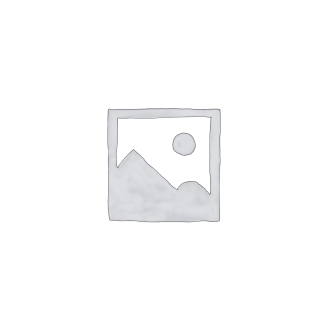PANTEO, Giovanni Agostino
THE BORGHESE COPY, CONTEMPORARY ANNOTATIONS AND MANUSCRIPT TABLES
Ars transmutationis metallicae.
Venice, in aedibus Joannis Tacuini, 1519 [colophon to first part dated 1518].£29,500.00
FIRST EDITION. 4to. ll. 38. Roman, Greek and Hebrew letter. Third leaf with historiated woodcut border. Woodcut initials. Full-page woodcut alchemical diagram depicting the cosmos, several pages of printed diagrams and tables. Divisional t-p. T-p waterstained at outer blank margin and with other early ll. at blank lower corner, ink spot to lower blank margin. C1 with ink burn to blank gutter. Occasional marginal spotting or staining, a good copy in original vellum, with 12 ll. of contemp. ms. philosophical plans and diagrams to rear, last torn at edge affecting a few words, annotations to text, some in the same hand. Bookplate of the Borghese library to front pastedown.
First edition ‘of great rarity’ (Duveen) of this early printed alchemical work by a Venetian Catholic priest, this copy annotated and augmented with extensive manuscript tables by a contemporary reader, possibly a medical student.
Panteo’s work was concerned with the alchemical transmutation of metals into gold. He attempted to identify numerical secrets in the Cabbala, which could be used to determine proportions of metals to be used in the processes of transmutation, which he divided into putrefaction, generation and alteration. ‘In a second preface to the reader he promises to elucidate completely … the transmutation of metals. Actually he only succeeds in making the matter more mysterious by various charts, diagrams and columns of letters and numbers as well as the Tetragrammaton and Greek and Hebrew characters … In additional to all this mystic reckoning, such tremendous secrets are imparted as that the first principle of nature is matter and that the second principle is heat … It is explained that air is generated from the heat of fire and the moisture of water, while earth comes from the dryness of fire and the coldness of water combined’ (Thorndike, p. 538). The second part, addressed to a Polish nobleman, Gulielmus Hyerosky, contains recipes for the transmutation of silver and gold, with numerical tables giving the proportions of each metal to be used, as well as instructions for the preparation of pestles, etc.
Panteo was the first Christian author who attempted to blend the Cabbala with the Hermetic alchemical tradition. Panteo’s letter to Pope Leo X, framed within a charming woodcut border, justifies alchemy as a pious, scholarly pursuit. Leo was interested in alchemy, and the letter is preceded by his edict authorising the publication of Panteo’s book and protecting it from piracy, etc., subscribed by his secretary Pietro Bembo, thus ignoring C15th prohibitions on alchemy passed by the Catholic Church. Panteo’s work was eventually placed on the Index Librorum Prohibitorum in 1559.
The extensive manuscript additions at the end appear to be a schema for human intellectual pursuits, beginning with ‘bonorum humanorum,’ or good things of men, in which alchemy, astrology, mathematics and medicine are eventually figured as derivatives of broader ethical categories: the tables deal first with the virtues, which are arranged and further divided up, and secondly with the aspects of a faithful religious life, including liberality, friendship, innocence, mercy, etc., which are again set out and divided into their constituent parts. The annotator then divides intellect into human and divine parts, the former containing magic, which contains the obviously bad parts such as witchcraft, divination, etc., but also alchemy, pyromancy, geomancy, etc. etc. (Strangely, alchemy is given no further treatment, despite this annotator’s sustained and intensive engagement with Panteo’s text.) The other branches of human knowledge, which constitute the next few tables, are rhetoric, logic, metaphysics, mathematics, astrology, music, and practical or ‘real’ things, which include on one side politics and economics, and on the other armoury, navigation, mechanics, and medicine. The annotator then dedicates several tables to medicine, dividing the discipline chiefly between Hippocrates and Galen, who are both subjected to long and detailed tabular derivations, but especially the latter.
Not in Ferguson, Chemica or Secrets. Not in Caillet or Sotheran. Duveen, p. 449. Stillwell 866. Wellcome I, 4722. Not in NLM. EDIT16 CNCE 72953. BM STC It., p. 488. USTC 846518. Not in Adams. OCLC notes copies at LoC and Princeton only in the US.

